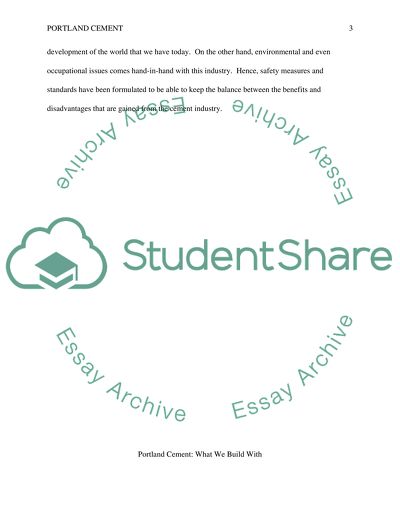Cite this document
(“Portland Cement: What We Build With Essay Example | Topics and Well Written Essays - 3000 words”, n.d.)
Portland Cement: What We Build With Essay Example | Topics and Well Written Essays - 3000 words. Retrieved from https://studentshare.org/chemistry/1496288-portland-cement-what-we-build-with
Portland Cement: What We Build With Essay Example | Topics and Well Written Essays - 3000 words. Retrieved from https://studentshare.org/chemistry/1496288-portland-cement-what-we-build-with
(Portland Cement: What We Build With Essay Example | Topics and Well Written Essays - 3000 Words)
Portland Cement: What We Build With Essay Example | Topics and Well Written Essays - 3000 Words. https://studentshare.org/chemistry/1496288-portland-cement-what-we-build-with.
Portland Cement: What We Build With Essay Example | Topics and Well Written Essays - 3000 Words. https://studentshare.org/chemistry/1496288-portland-cement-what-we-build-with.
“Portland Cement: What We Build With Essay Example | Topics and Well Written Essays - 3000 Words”, n.d. https://studentshare.org/chemistry/1496288-portland-cement-what-we-build-with.


